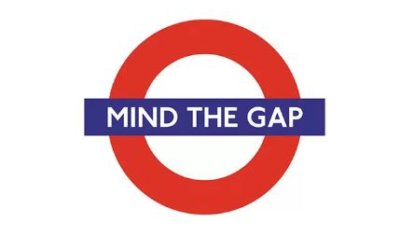Every year, the Department of Education reveals it’s list of those institutions who either failed their financial responsibility ratio or are in danger of doing so if their performance doesn’t change. Those who score a 0.9 or below fail. Others who score between 1.0 and 1.4 are OK for the first two years but three years in a row result in failure as well. Scoring a 1.5 or higher is always a green light.
So, what happens if you fail? First, the institution has to post a letter of credit for 10% of typical Title IV funds received by students. Second, it is common for the DOE to place you on Cash Monitoring, meaning you’ll have to wait between thirty and sixty days to receive Federal payments. When you are at your worst, you’ll need to find an understanding bank and give out some student refunds before receiving government payments, thank you very much. For some institutions like St. Catharine College (KY), the delay in cash flow can be life ending. News organizations will likely make those comparisons.
Oh, and your cross apps will be sure to share your plight, purely out of concern, I suspect.
For many of those with failing scores, a bit of anticipation would have avoided an unfavorable outcome. A few actions, taken before year-end can change the ratio a great deal. No, they are not permanent but may provide the one-time boost needed to avoid the naughty list.
1. Borrow some money
The Primary Reserve ratio has the greatest impact on this score. Purportedly, the DOE didn’t want schools in trouble to cease capital spending so the ratio actually adds back debt as if it was a positive asset, up to the book value of fixed assets.
The borrowing has to be for long-term purposes (greater than a year) but does not have to result in the addition of new fixed assets. You can borrow, put up the borrowed cash for collateral and still benefit. You can’t borrow in excess of fixed assets but most institutions have some room.
The impact? Depending on your size and how badly you have performed with the other two ratios, $250,000 is often all that is needed to move you 0.1 ahead through borrowing.
2. Gather pledges
Two of the three ratios deny you a benefit from related party pledges. This means that your board, the leadership team and your mom cannot pledge future donations and help the institution. In fact, I recommend that you never book a pledge from a related party, due to the DOE’s non recognition in the pledge year and the income statement’s non recognition when received.
But say you have a generous benefactor who gives $50,000 every year. Or perhaps your sponsoring churches are good for $1 million. For the individual, you could write a five year pledge and glean $250,000 of added revenue. Churches would probably be more comfortable with one year. And, you will need to renew it each year to avoid a year where a pledge receipt replaces donation income. There is no free lunch but this acceleration of revenue recognition may be just enough to get off the list.
3. Sale and leaseback
The sale of a dorm generates a one-time gain and the long term lease debt is akin to the long term debt identified in 1 above. You may even be able to glean some cash from the transaction. These kinds of structured finance arrangements allow you to buy the asset back at a premium but desperate times …
Disadvantages of these strategies
There are plenty. Who wants more debt service? Pledges accelerate income recognition but when the cash comes in, it merely pays down a receivable. You don’t get the benefit of the income on your SOA that year.
The biggest problem is that these schemes fail to confront the primary drivers that got you in trouble in the first place. This is why we recommend caution when performing turnaround engagements. Don’t use these to move a 0.9 to a 2.0. Successors will throw darts at your pictures.
The biggest problem …
is that most institutions do not have a mechanism to calculate the ratio on a go-forward basis. Whenever I see a 0.9 or 1.4, I shake my head. Chances are they could have avoided it, if they were anticipating outcomes more accurately.
We offer the COMP4cast as a reliable system to predict DOE ratios far enough ahead to make the difficult decisions before failure is unavoidable. It’s available on our website for free. We can deploy it in two days if you dont have the time to slog through it. We also have had success with turnarounds for those who desire more than short-term window dressing.
We’d love to have a chat and make sure you are on the nice list.



